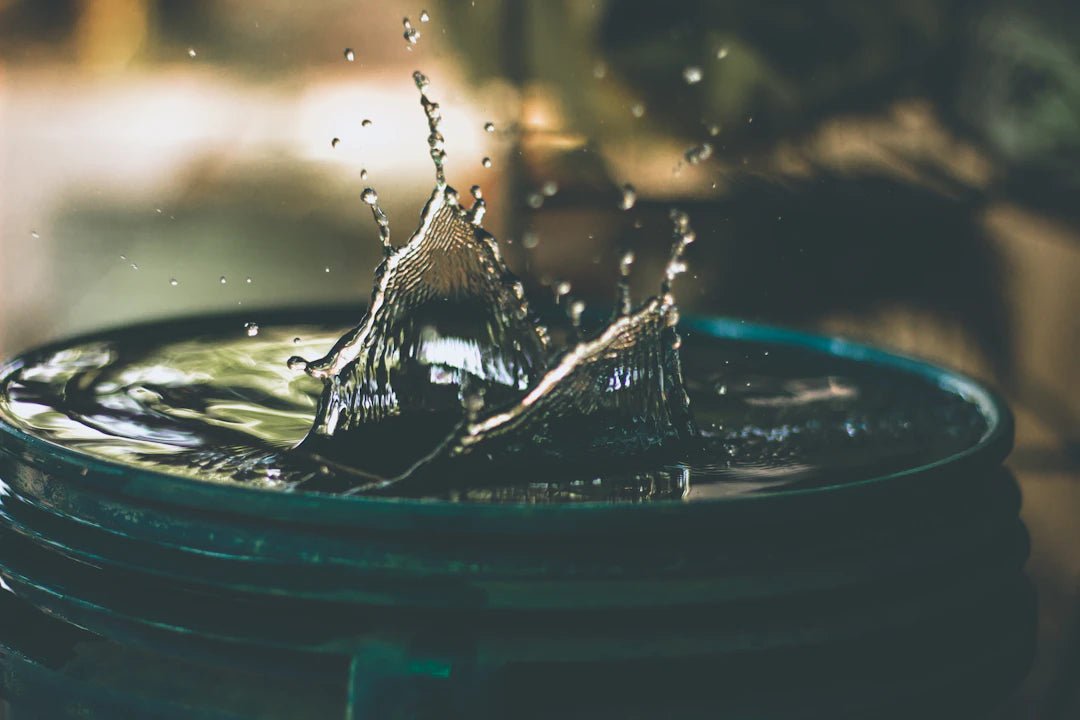
Transforming Tap: How Australia Turns Water into Purity
Access to clean drinking water is a fundamental necessity, yet many people still question how tap water is treated and purified. As we turn on our taps, we often forget the sophisticated treatment processes behind this everyday convenience. In Australia, a country known for its pristine landscapes, the journey of water from its natural sources to your glass is an intricate dance of purification. In this blog post, we will uncover the step-by-step process of water treatment, explore the importance of using a water filter, and touch on the benefits of mineral and sparkling water.
The Journey Begins: Sourcing Water
Water is drawn from various sources in Australia, including rivers, lakes, and groundwater aquifers. Each source presents unique challenges regarding contamination and quality. Authorities must ensure that the sourced water meets health standards before it begins its treatment. This is crucial because untreated water can contain pathogens, chemicals, and other impurities.
Step 1: Coagulation and Flocculation
The first stage in the water treatment process involves the addition of coagulants which help to attract and bind particles together, forming larger clusters known as flocs. The water is agitated, allowing these particles to aggregate effectively. This process is essential as it prepares the water for filtration, effectively removing smaller debris and impurities.
Why is Coagulation Important?
- Reduces particles that can harbor bacteria.
- Improves the efficiency of subsequent filtration steps.
- Minimizes the potential for algae growth in clean water.
Step 2: Sedimentation
After flocculation, the water is allowed to sit in sedimentation tanks, which lets the larger flocs settle at the bottom. The settled particles, known as sludge, are then removed. This step is crucial for enhancing the clarity of the water and ensuring that only the purest liquid moves on to the next phase.
Step 3: Filtration
Filtration is where a water filter becomes essential. During this process, water flows through layers of sand, gravel, and charcoal. This multi-layer filtration system captures any remaining particles and improves overall water quality.
Types of Water Filters
Various types of water filters exist, each serving a specific purpose:
- Activated Carbon Filters: Remove chlorine, sediment, and volatile organic compounds.
- Reverse Osmosis Filters: Utilizes semi-permeable membranes to eliminate bacteria, impurities, and excess minerals.
- UV Filters: Use ultraviolet light to kill harmful microorganisms.
For Australian households, understanding these options can facilitate better choices in their pursuit of clean water. Whether you’re enjoying water from the Limited Edition Stitch Collection or utilizing a water filter at home, ensuring purity is paramount.
Step 4: Disinfection
Next up is the disinfection stage. Here, water treatment facilities employ methods like chlorination or ultraviolet radiation to kill any remaining pathogens. It ensures the water delivered to your taps is safe for consumption.
Chlorination vs. UV Radiation
- Chlorination: A reliable and cost-effective method that provides residual protection against future contamination.
- UV Radiation: An environmentally friendly method that avoids chemical use but offers no lasting protection.
Step 5: pH Adjustment
Water acidity levels can influence taste and interaction with plumbing systems. Therefore, hydration plants often perform pH adjustments by adding alkaline materials to neutralize acidity. This ensures that the water is pleasant to drink and minimizes the risk of corrosion in pipes.
Step 6: Fluoridation
In many parts of Australia, water is fluoridated to promote dental health. Fluoride helps prevent tooth decay and cavities, primarily in children. This addition can spark discussion regarding the merits and ethics of fluoridation, but it remains a common practice endorsed by health authorities.
Water Distribution and Quality Monitoring
Upon completing treatment, the purified water enters the distribution system, ready to quench the thirst of Australians. Importantly, throughout the distribution process, various monitoring systems maintain quality control. Routine testing ensures that the water remains safe, clean, and healthy until it reaches your home.
How Does This Impact Your Everyday Life?
- Peace of mind knowing that tap water is regularly tested and treated.
- Access to mineral water enriched with beneficial elements.
- Enjoy sparkling water options that promote hydration and flavor.
When Tap Isn’t Enough: Exploring Alternatives
While tap water undergoes rigorous treatment, many people opt for bottled water or filtered water at home. Options like mineral water and sparkling water provide variety and may even taste better than standard tap water. These alternatives undergo specific treatments, such as carbonation or mineral enrichment, appealing to consumer preferences.
For those who appreciate sustainability, investing in a quality water filter can minimize plastic waste associated with bottled water. Importantly, it enables consumers to enjoy high-quality water at home without compromising convenience. Filtered water can taste cleaner and fresher, providing hydration that hints at the quality of bottled alternatives.
Innovative Solutions: The Future of Water Purification
Looking ahead, advances in technology promise new, more eco-friendly ways to purify water. Innovations like enhanced reverse osmosis methods and dehydrating processes offer potential green solutions to meet growing demands for clean water. In Australia, where innovation thrives, staying updated on these trends can elevate your hydration game.
Why Choose Eco-Friendly Options?
- Supports water conservation efforts.
- Reduces plastic waste and environmental impact.
- Paves the way for sustainable resource management.
Finding Your Perfect Hydration Match
As you journey through your hydration habits, understanding how tap water is treated opens a world of possibilities. Whether you’re embracing local sparkling water or reveling in the purity of filtered water, making informed choices enhances your overall wellness.
Tap water is carefully curated through a series of processes, ensuring that it is safe and enjoyable to drink. The choice between tap water, filtered options, mineral water, or sparkling varieties can shape your hydration experience. One thing is for certain—hydration is essential, and knowing how to make the best choices allows you to enjoy every drop.
So, here’s to your journey through the world of water! Whether you appreciate the simplicity of tap, the refined taste of mineral water, or the festive fizz of sparkling water, your knowledge empowers your appreciation for this vital resource. Drink well, and embrace all that life has to offer—cheers to crystal-clear hydration!



